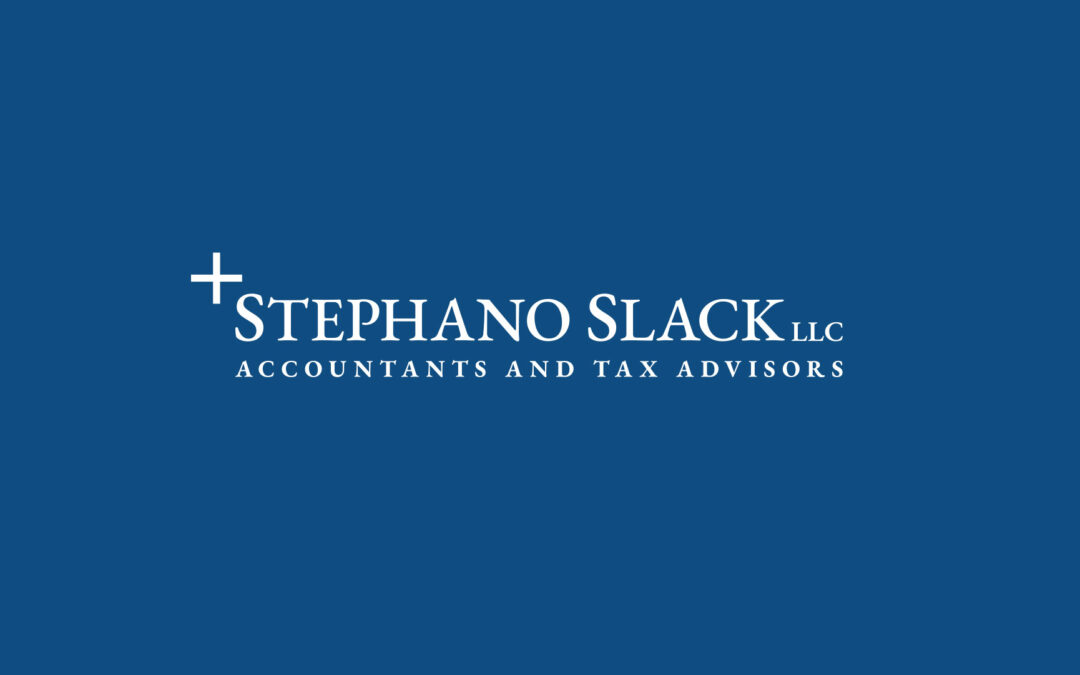Summary
The FASB’s major accounting standard update (ASU) which will require the recognition of lease assets and lease liabilities by lessees for those leases classified as operating leases will be upon us sooner than we think. This article summarizes some of the major changes detailed in the ASU.
Nonpublic business entities should apply the amendments in this ASU for fiscal years beginning after December 15, 2019 (i.e. December 31, 2020, for a calendar year entity). Early application is permitted for all nonpublic business entities.
How Does the New Guidance Differ from Current Lease Accounting?
For operating leases, a lessee is required to do the following under this guidance:
- Recognize a right-of-use asset and a lease liability, initially measured at the present value of the lease payments, in the balance sheet. To determine the appropriate discount rate to calculate present value, the lessee should use the rate implicit in the lease. If that rate is not readily determinable, the lessee should use its incremental borrowing rate. For private companies, the lessee is permitted to make an accounting policy election to use a risk-free discount rate using a period comparable to the lease term.
- Recognize a single lease cost, calculated so that the cost of the lease is allocated over the lease term on a generally straight-line basis.
- Classify all cash payments within operating activities in the statement of cash flows.
When measuring assets and liabilities arising from a lease, a lessee (and a lessor) should include payments to be made in optional periods only if the lessee is reasonably certain to exercise that option.
For leases with a term of 12 months or less, a lessee is permitted to make an accounting policy election by class of underlying asset not to recognize lease assets and lease liabilities. If a lessee makes this election, it should recognize lease expense for such leases generally on a straight line basis over the lease term.
Notable Consistencies with Current Lease Accounting
Consistent with the prior lease guidance, a lessee (and a lessor) should exclude most variable lease payments in measuring lease assets and lease liabilities, other than those that depend on an index or a rate or are in substance fixed payments.
The FASB retained a duel model, requiring leases to be classified as either operating or financing, with the classification criteria similar to current guidance. Financing leases will largely follow the criteria in the current lease accounting guidance for capital leases.
Additionally, the accounting applied by a lessor is largely unchanged from that applied under previous GAAP.
Disclosures
The new guidance will require additional qualitative and quantitative disclosures to help the users of the financial statements to assess the amount, timing, and uncertainty of cash flows arising from leases.
Transition Guidance
In transition, lessees and lessors are required to recognize and measure leases at the beginning of the earliest period presented using a modified retrospective approach, which includes a number of practical expedients that entities may elect to apply. These practical expedients relate to the identification and classification of leases that commenced before the effective date, initial direct costs for leases that commenced before the effective date, and the ability to use hindsight in evaluating lessee options to extend or terminate a lease or to purchase the underlying asset.
Considerations for Private Companies
This guidance will have significant business implications on commercial entities in virtually every industry upon adoption.
Since the new guidance requires virtually all leases to be reported on the balance sheet and will require more extensive disclosures, companies should begin to develop a robust process to summarize and report their leases. An initial step in this process is to gather a complete inventory of all the company’s leases.
In addition to having a significant impact on the financial statements and disclosures, companies will need to consider how this accounting change will impact their bottom line and financial bank covenants and be prepared to explain to their lenders and/or investors the financial impact of the changes. It is not too early to start looking into responses and a transition strategy for the lease accounting rule changes.
This guidance will be a major project for some private companies and Stephano Slack is here to help. Contact your Stephano Slack advisor for details and assistance in assessing the impact of adoption.
Mike P. Jones, CPA
610-687-1600



Recent Comments